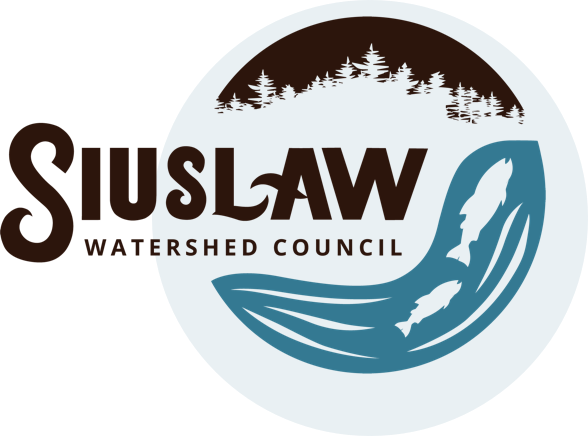Jesse Beers, Confederated Tribes of the Coos, Lower Umpqua and Siuslaw Indians
Integrating Traditional Ecological Knowledge in Restoration
The history of the Siuslaw Watershed starts with the native people it is named for, the Siuslaw People. The stewardship of their river and surrounding lands by its earliest inhabitants cannot be overstated. In this video, Jesse Beers, Siuslaw Tribal Member and Cultural Stewardship Manager with the Confederated Tribes of the Coos, Lower Umpqua, and Siuslaw Indians (CTCLUSI), addresses the ecological changes and impacts from the time of Tribal management beginning thousands of years ago to the more recent management of today.
The Siuslaw was a thriving community, rich with abundant fish, plants and wildlife. Historically, the Siuslaw Watershed was second only to the Columbia basin in terms of the number of Coho Salmon, due to the stewardship of the lands and waters by our first inhabitants and the productive attributes of the basin. The native plants of the area were not only first foods but had important uses for the Tribes, including traditional medicine, for construction, tools, canoe building and weaving materials. When Euro-American settlers came to the region, the impacts on the people, their culture, the fish, wildlife and vegetation dramatically altered the landscape and its ecology. The practices used to alter the lands for agriculture, timber and the introduction of non-indigenous species has created the current need for restoration of the natural processes which support a vibrant and healthy watershed.
The Traditional Ecological Knowledge that Jesse Beers and our other tribal partners with CTCLUSI bring to restoration projects are invaluable to the future of the Siuslaw. We’re all working together to help bring back the ecological integrity of the landscape so both the fish and the people can thrive together as they once did.


